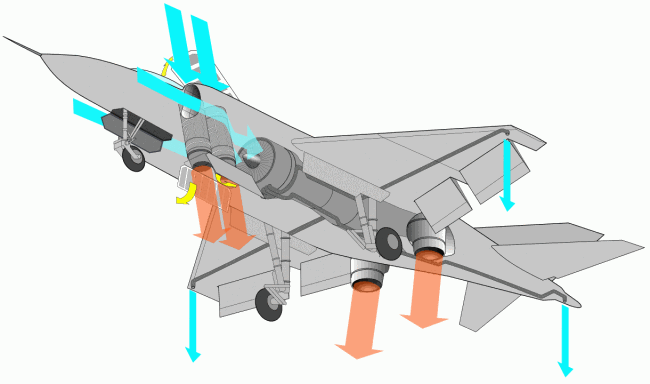The recent unfolding of events in the Arab world has thrown into sharp focus the affairs of the region. Amidst mounting challenge to the autocratic dictatorial regimes of the region from its masses, one kingdom whose fate is critical not only the region, but the whole world in general is the Kingdom of Saudi Arabia [KSA].
A staunchly Sunni Islamic kingdom controlled by the House of Saud1, KSA houses the holiest of all Muslim sites, the Mecca, by virtue of which it acquires an elevated position of influence & stature amongst the Muslim population around the world.
Additionally, possessing the largest proven oil reserves in the world makes Saudi Arabia one of the most critical cogs in the wheel of world affairs. Being the largest supplier of oil, quenching our unsatiated thirst for hydrocarbons, gives the Saudi Kingdom a unique leverage while engaging with nations of the world.
Frontline: House of Saud [Duration: 1 hour 56 mins]
House of Saud: The Ruling family of the Kingdom of Saudi Arabia
Also: The Saudi Royal Family [Duration: 43 mins]
Flush with money earned through trade in oil which, after meeting the daily necessities of its local population, leaves the Saudi kingdom with more than sufficient money to pursue its interests & further its causes around the world. One of the major activities pursued by Saudi kingdom worldwide is the spread & propagation of the Islamic religion - building Mosques2, financing Islamic schools & seminaries3. More specifically it aims to further a highly puritanical interpretation of Islam known as Sunni Wahhabism4, that is extremely intolerant of not only other religions, but also other strains of Islam other than itself, like Shia & Ahmadiyya, including Sufism that itself owes its beliefs & practices due to its adherence to Sunni Islam. In fact, Saudi dependencies, like the Islamic Republic of Pakistan, have gone to the extent of declaring its Ahmadiyya Muslim population as Non-Muslims5, bowing down to the wishes of the Wahhabis, thereby subjecting its Ahmadiyya citizens to severe & brutal forms of oppression & discrimination5. Observing & preaching any religion other than Islam is a criminal offence in the Kingdom of Saudi Arabia6.
Such religion-backed financing, in the name of philanthropy, has lead to situations worldwide where pursuance of Islam, in consonance with the local customs & geographical location, have ceased to exists in many places7, having been over-run & smothered by the cash-rich Wahhabism financed by KSA. Wahhabism even calls for the demolition of the tomb of the holy Prophet Mohammad's [PBUH]8 - many mosques built during his time have been demolished by the Saudis on orders from its influential Wahhabi clerics & in its place public toilets have been constructed9.
In fact, imposition of Muslim faith worldwide in accordance with Wahhabi interpretation of Islam is also the driving factor for the perpetrators of the acts of terrorism & killings carried out by Islamic terrorist outfits like the Al-Qaeda, Taliban, Lashkar-E-Toiba, Jaish-E-Mohammad etc10.
This commonality of aim shared by the Islamic terrorists & the Saudi kingdom has lead to its citizens becoming one of the largest financial donors11, albeit supposedly against Saudi laws, to terrorist outfits, fuelling & funding the violence & killings of the peace-loving, progressive population of the world.
Funding Jihad - Saudi Arabia [Duration: 22 mins]
Saudi Arabia: Financing Islamic Terrorism
Needless to say with such system in place in Saudi Arabia, concepts of democracy, universal suffrage or treatment of women as equal with equal rights for all sexes are quite antithetical to the belief systems by which Saudis are expected to abide by. Proponents of democracy in Saudi Arabia12, have in fact, have had to flee the kingdom to escape persecution & carry on with their struggle for reforms. It ranks extremely poorly on scales measuring parameters for protection of human rights13. Conditions conducive for an uprising as being seen in Egypt all exist in Saudi Arabia too. However, any disturbance caused by large-scale protest in the Saudi kingdom would have an far more adverse impact on the hydrocarbon-driven global economy than any other such protests being witnessed in the other non-oil exporting Arab fiefdoms.
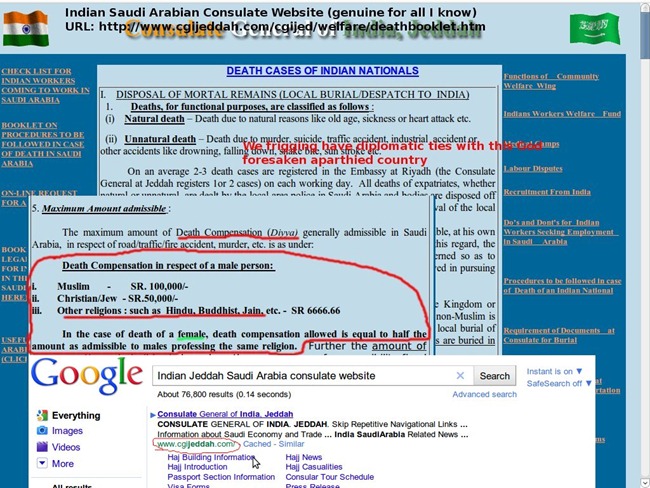
image courtesy @vikhrakula
Thus, in spite of KSA holding a belief system completely opposite to its own [some would have liked the kingdom renamed Saudi Barbaria], realpolitik demands that countries of the world continue to court & engage with the Saudi kingdom, turning a blind eye to the uncomfortable truths emanating from the land.
Any attempt by its people to bring about change in the current setup in Saudi Arabia would be that much more difficult & improbable not only due to the vice-like grip the royal family has on the affairs of the land, supported & aided by the highly influential & over-bearing Wahhabi clerics14 who also have taken it upon themselves to ensure & impose proper conduct of its citizens, including dress code, in accordance with their interpretation of the Quran15, but also reluctance on part of other countries to see a Saudi Arabia face situation of unrest & instability that could hamper the flow of oil from its soil. If & when push comes to shove, one may actually witness the democracies of the world working together to prevent any move that would affect their supply of oil, even if means pulling its weight behind the autocratic Saudi monarchy in face of opposition.
House of Saud - Saudi Arabia [Duration: 24 mins]
Life in Saudi Arabia - democracy, Islam, women's rights
Also: Inside the Hidden Kingdom - Saudi Arabia [Duration: 29 mins]
In conduct personifying hypocrisy, for all of its avowed piousness & stated intent to ensure that women dress up modestly, Saudi clerics seem to apply different yardsticks to evaluate modesty. While on one hand any commoner women could be subjected to instant dispensing of justice for perceived immodest dress sense, a lot more liberal interpretation of modest dress sense seem to be applied when it comes to the entourage of women aides at the beck & call of their royal family, whose style of dressing could be termed liberal & relaxed in all open societies. Less one speak of the lifestyle of the members of the Royal family, the better - moral policing for the protection of Islam seems conspicuous by its absence in these cases.
Saudi Royal Family lives [Duration: 10 mins]
Hidden lives of the hypocritical Royal Family in the Kingdom of Saudi Arabia
It is said that with the eventual toppling of the current Egyptian President, the staunchly Islamist Islamic Brotherhood, who intend to revoke the current Egyptian Constitution & replace it with the Islamic Shariah law, could come to power & that would be an extremely negative development as far as multi-religious, secular India is concerned. IMHO alarmists are overstating the implication of a takeover of Egypt by the Brotherhood on India. Even now, Egypt with its supposedly Westernized ruler, has had an indifferent relation with India, with rumors that it had voted against India's bid for a non-permanent membership to the United Nations Security Council seat, that which India won with an over-whelming majority - a non-contest at the end.
So I find it difficult to envisage how the ascendancy o the Muslim Brotherhood to power in Egypt could be any worse for India. If at all anything, this development would then show Egypt in the same light as Saudi Arabia, though without the vast oil reserves of the latter. More appropriately an Islamic Brotherhood controlled Egypt could likely bear more resemblance to a Taliban-ruled Afghanistan, albeit a more prosperous one.
India engages Saudi Arabia & Iran with comfort & confidence. If need be so shall it do with the Egyptians, assuming the Brotherhood is wise enough to see it in the same light. All this being stated assuming the Brotherhood does indeed come to power. If the Egyptians are any wiser, they would do a lot better choosing to be governed by a political setup headed by someone like the former Chairman of IAEA, Mohamed ElBaradei, keeping the religion-driven organizations out of the political setup.
Interesting times ahead in the Arab world in particular & all autocratic regimes in general.
Reference & further reading
Godspeed

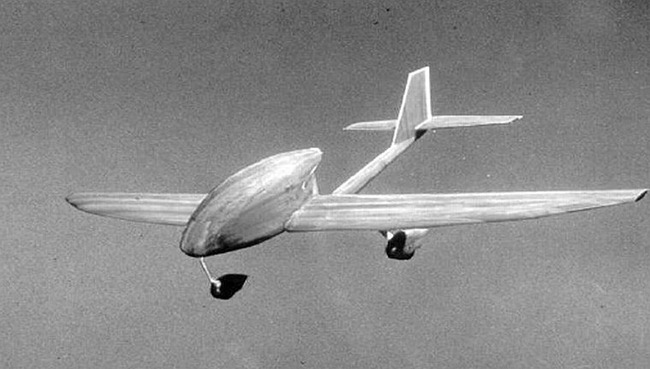
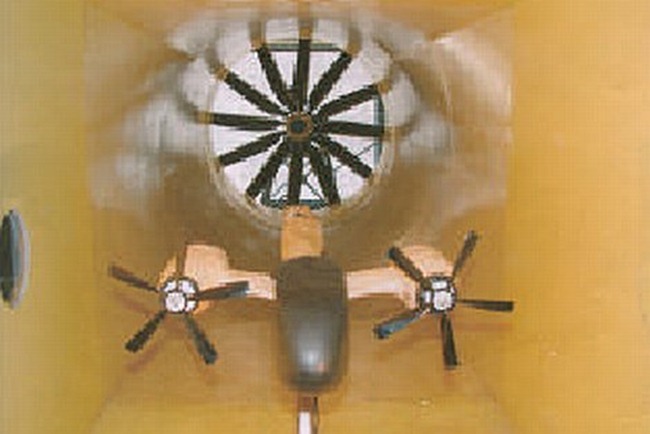

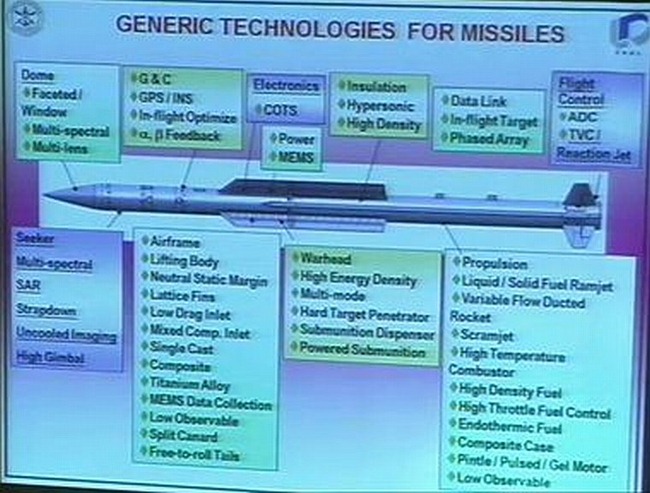
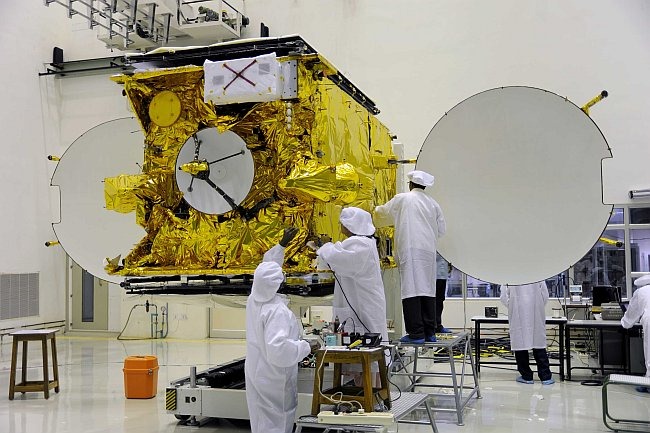
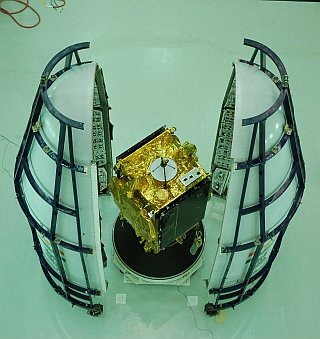
![Geosynchronous Satellite Launch Vehicle [GSLV] standing at the launchpad at the Satish Dhawan Space Centre, Sriharikota Geosynchronous Satellite Launch Vehicle [GSLV] standing at the launchpad at the Satish Dhawan Space Centre, Sriharikota](http://lh3.ggpht.com/_E3J9ye0fv2s/TWnqXv_T-RI/AAAAAAAACbo/hq2vFgxgVqE/TN_20110227_GSAT_5P_GSLV_F06_www.aame.in_03%5B3%5D.jpg?imgmax=800)
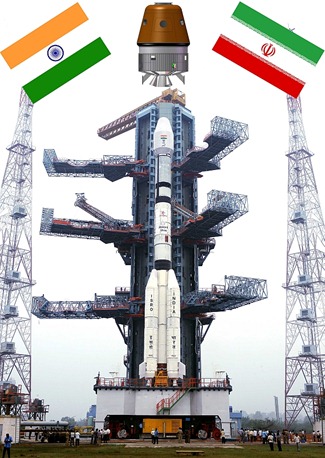

![Auro Integrated Systems [AIS], Bengaluru [Bangalore], India Auro Integrated Systems [AIS], Bengaluru [Bangalore], India](http://lh4.ggpht.com/_E3J9ye0fv2s/TWIqnzPqiyI/AAAAAAAACZc/8FEYcy8JJzo/20110220_UAV_Aurora_Integrated_Systems%5B2%5D.jpg?imgmax=800)

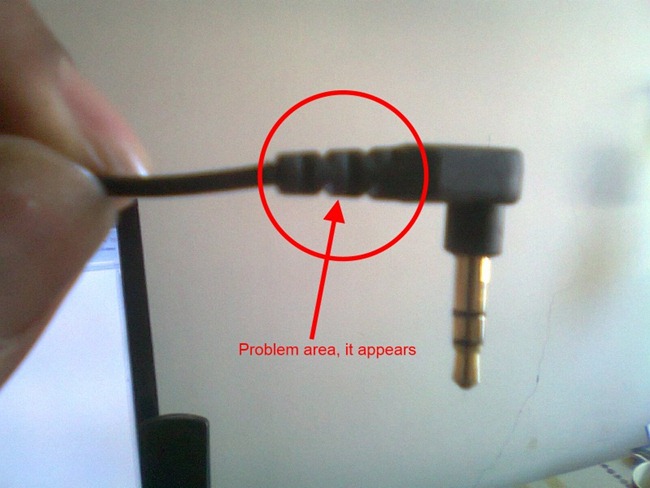





![Cut-Section Digram of a Pegasus [F402] Jet Engine, that powers the Harrier Jump Jet aircrafts Cut-Section Digram of a Pegasus [F402] Jet Engine, that powers the Harrier Jump Jet aircrafts](http://lh4.ggpht.com/_E3J9ye0fv2s/TUf6HbjT4WI/AAAAAAAACSs/_ZAaX2Xwd7I/20110201_RAF_Harrier_01_thumb%5B3%5D.gif?imgmax=800)
